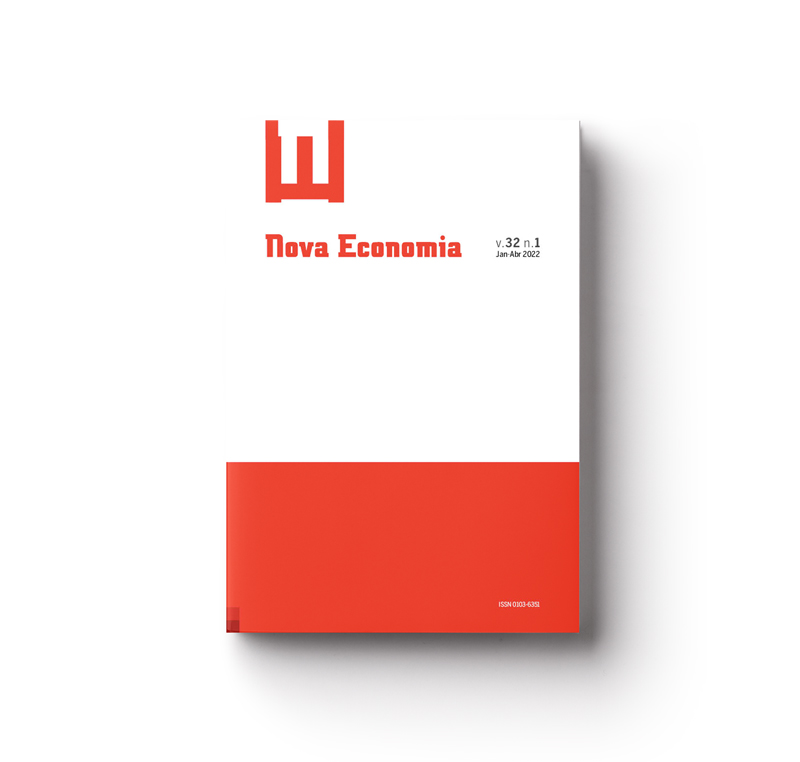A contribuição da política fiscal para a crise brasileira de 2015-2016: uma análise baseada em multiplicadores de despesas e receitas primárias do governo central no período 1997-2018
Resumo
Resumo
Estimamos um VAR estrutural (SVAR) baseado em Blanchard e Perotti (2002) com dados atualizados do governo central de Gobetti e Orair (2017) para estimar multiplicadores fiscais. O resultado sugere um multiplicador maior na amostra completa (1997-2018) em relação à amostra pré-crise (até 2014) para benefícios sociais e investimentos públicos. Nosso primeiro exercício avalia a reorientação da política fiscal para os subsídios entre 2011 e 2014, com base nos multiplicadores estimados a partir do SVAR. O PIB no cenário em que os subsídios são destinados aos investimentos públicos estaria 2.7% acima do PIB verdadeiro em 2014. O segundo exercício projeta que, caso os investimentos públicos mantivessem a mesma taxa média de crescimento de 2006-2010 durante a crise, o produto estaria 6% acima do PIB observado em 2017. Além disso, o PIB estaria 2.53% abaixo do verdadeiro se os benefícios sociais não tivessem crescido em 2016 e 2017.
Palavras-chave: multiplicadores fiscais; política fiscal; investimento público; benefícios sociais; VAR.
Códigos JEL: E62, H5, H500, H540.
Downloads
Publicado
Como Citar
Edição
Seção
Licença
Copyright (c) 2022 Marina da Silva Sanches, Laura Barbosa de Carvalho

Este trabalho está licenciado sob uma licença Creative Commons Attribution 4.0 International License.
Autore[a]s que publicam nesta revista concordam com os seguintes termos:
- Autore[a]s mantém os direitos autorais e concedem à revista o direito de primeira publicação, com o trabalho simultaneamente licenciado sob a Licença Creative Commons Atribuição 4.0 Internacional que permite o compartilhamento do trabalho com reconhecimento da autoria e publicação inicial nesta revista.
- Autore[a]s têm autorização para assumir contratos adicionais separadamente, para distribuição não-exclusiva da versão do trabalho publicada nesta revista (ex.: publicar em repositório institucional ou como capítulo de livro), com reconhecimento de autoria e publicação inicial nesta revista.
- Autores têm permissão e são estimulados a publicar e distribuir seu trabalho online (ex.: em repositórios institucionais ou na sua página pessoal) a qualquer ponto antes ou durante o processo editorial, já que isso pode gerar alterações produtivas, bem como aumentar o impacto e a citação do trabalho publicado (Veja O Efeito do Acesso Livre).




